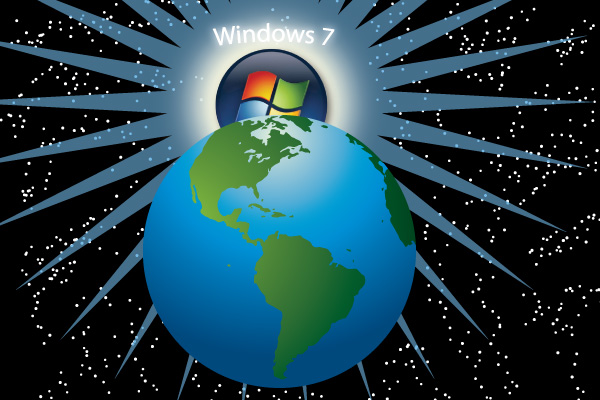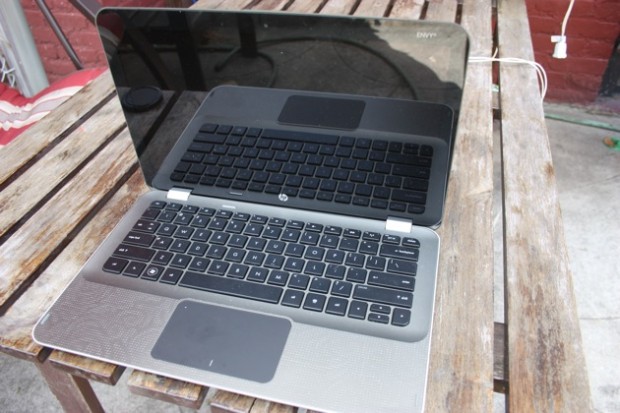
I was on a panel a few weeks ago with Rob Enderle a few weeks back and he was asked by an international journalist what he expected in terms of financial news in the next few months. He made a very interesting point that, being an Apple fanboy, I ignored at the time. He said that Windows 7 would drive a whole new wave of hardware buying and inflate (in a good way) IT spending.
I filed this tidbit away next to my thoughts of maybe one day buying a Zune, but then I cracked open the HP Envy 13 and thought back on my own recent experience with Windows 7— and what he’s saying makes sense.
A few calls later and I found that a number of IT guys I know are genuinely excited about installing Windows 7 in their shops, guys for whom Vista didn’t even register. We’re about see an IT renaissance, and it will be driven by Microsoft.
Remember: Apple may change the way we think, but Microsoft changes the way we spend. Windows 7 is a solid operating system with lots of great IT-oriented features, including an XP emulation mode, an imperative for skittish IT guys. It also runs fairly well on smaller notebooks (although Envy wasn’t technically a netbook, at least by HP’s emphatic definition, it’s still thin and light) and it has most of Vista’s eye-candy with none of the distrust most users had when they saw Vista’s eye-candy when it first came out.

Harbinger of things to come.
There are three forces at work here. First, there is the IT shop. They haven’t upgraded their machines since XP. XP was, at best, 2001 technology and by 2006 over 400 million desktops running the OS. Assuming that even half of those were paid XP seats at major corporations, and you understand that this monster would not just roll over and die. It costs money to upgrade — money companies did not have in late 2007 through all of 2008. Now, with a bit of a loosening in the credit markets, IT departments are going to be upgrading en masse, causing a surge in PC sales and sales of attendant products like drives, memory, and monitors.
Second, consumers are just about done with netbooks. This is an unpopular opinion, I know, but as evidenced by the Envy, the underpowered netbook will be replaced by a more powerful, slightly more expensive mid-tier model that will appeal to everyone, businesses included. Instead of a 15-inch Dell monster, road warriors will carry lighter Windows 7 machines with low-voltage but highly optimized components. Netbook advocates cite cloud storage and a lightweight OS, but when Internet Explorer takes forty seconds to load GMail because you’re running a single core Atom, you’re going to have upset customers. It’s getting harder and harder to go from a peppy computer to a slow one simply because the difference in speed is so staggering. The netbook will remain but it won’t be anybody’s every day computer.
Finally, it’s time for an gamer upgrade. The holidays are upon us, there are no new consoles to buy, and a new cohort of PC gamers is appearing: kids who grew up on powerful consoles like the XBox 360 and the PS2/PS3 family, kids who started gaming perhaps at age 10 and are now 16 or so, who are looking for a bit more power. Windows 7 will give them that slight perceived boost and, since it will come with new machines, it will increase the install base by accretion.
As much as we slobber all over Apple, Microsoft makes the world go around. Google or no Google, the desktop belongs to Redmond and Windows 7 is one of the building blocks of a strong future economy. Here’s hoping they can maintain their Office hegemony but even if they don’t, there’s always Google Wave.